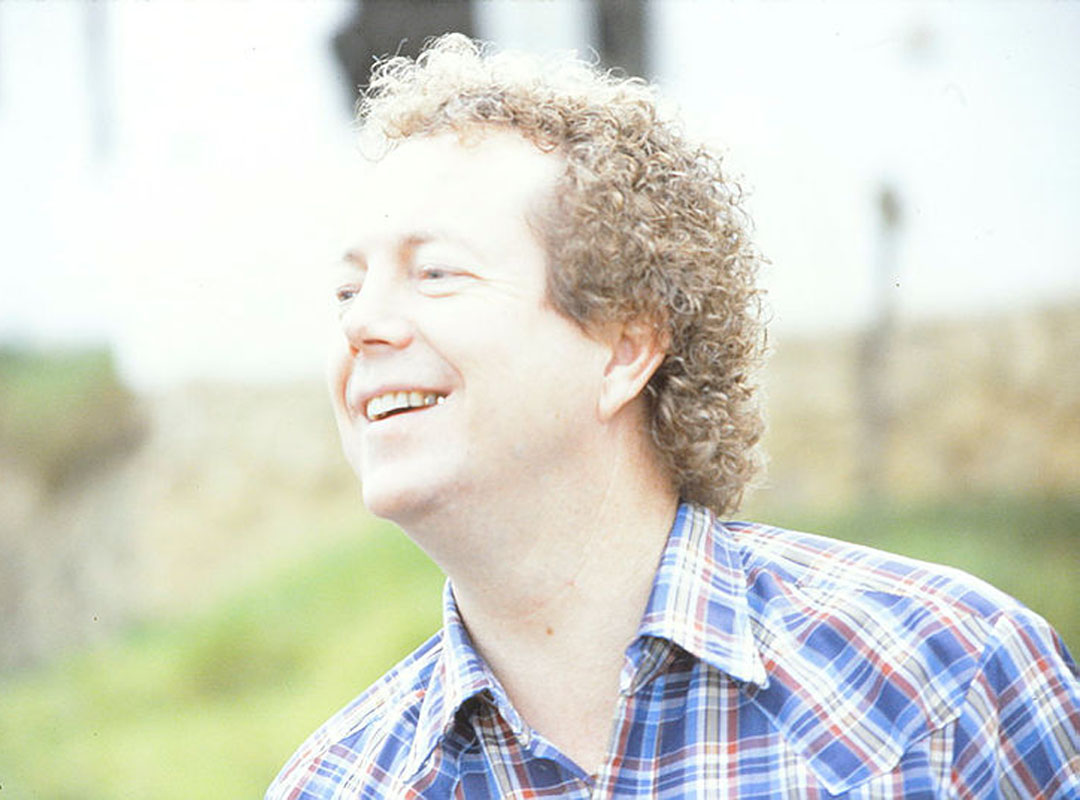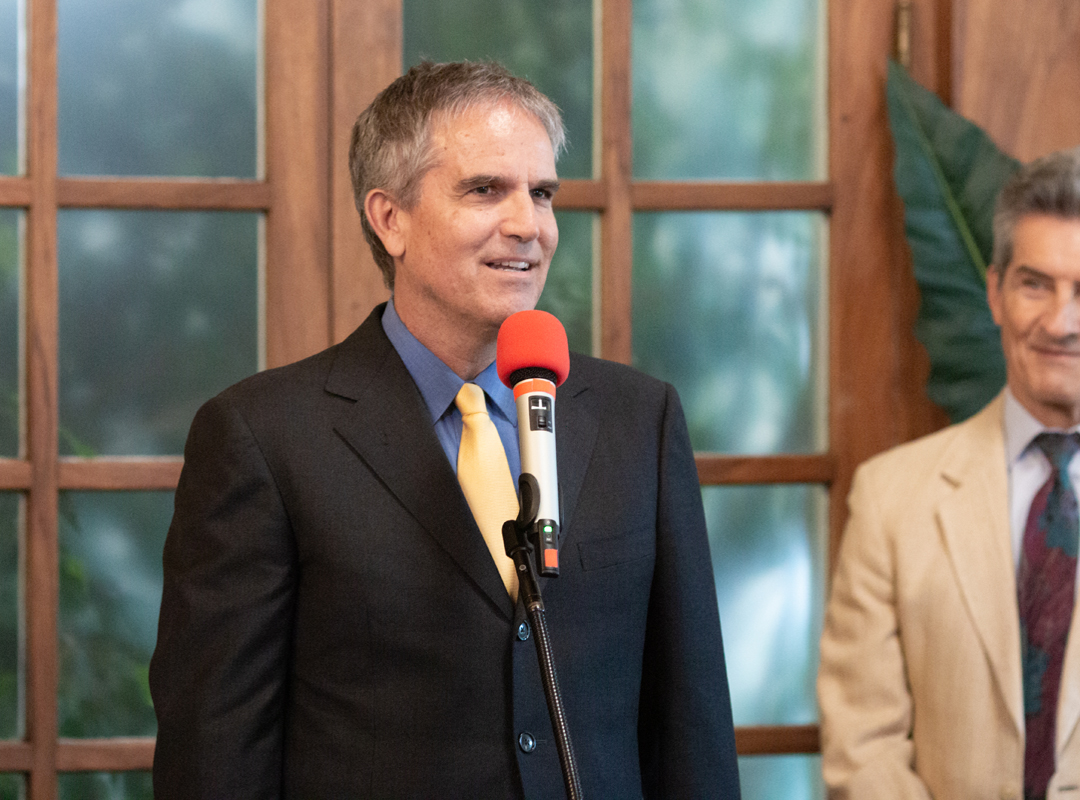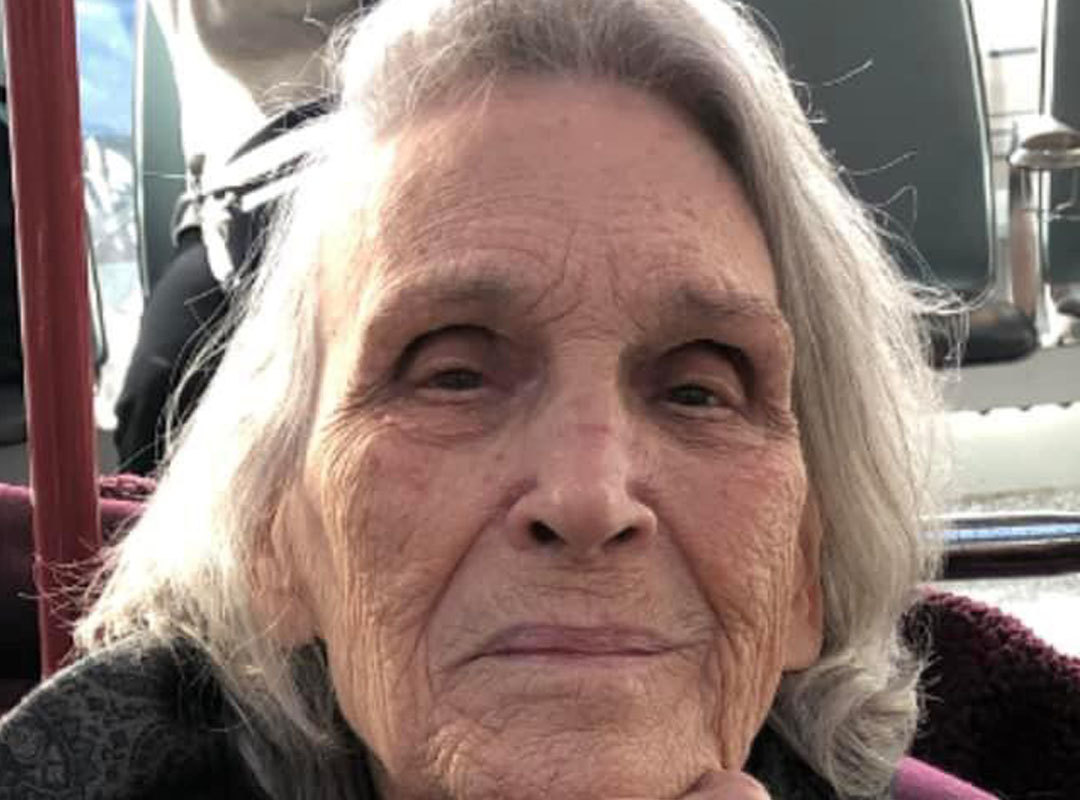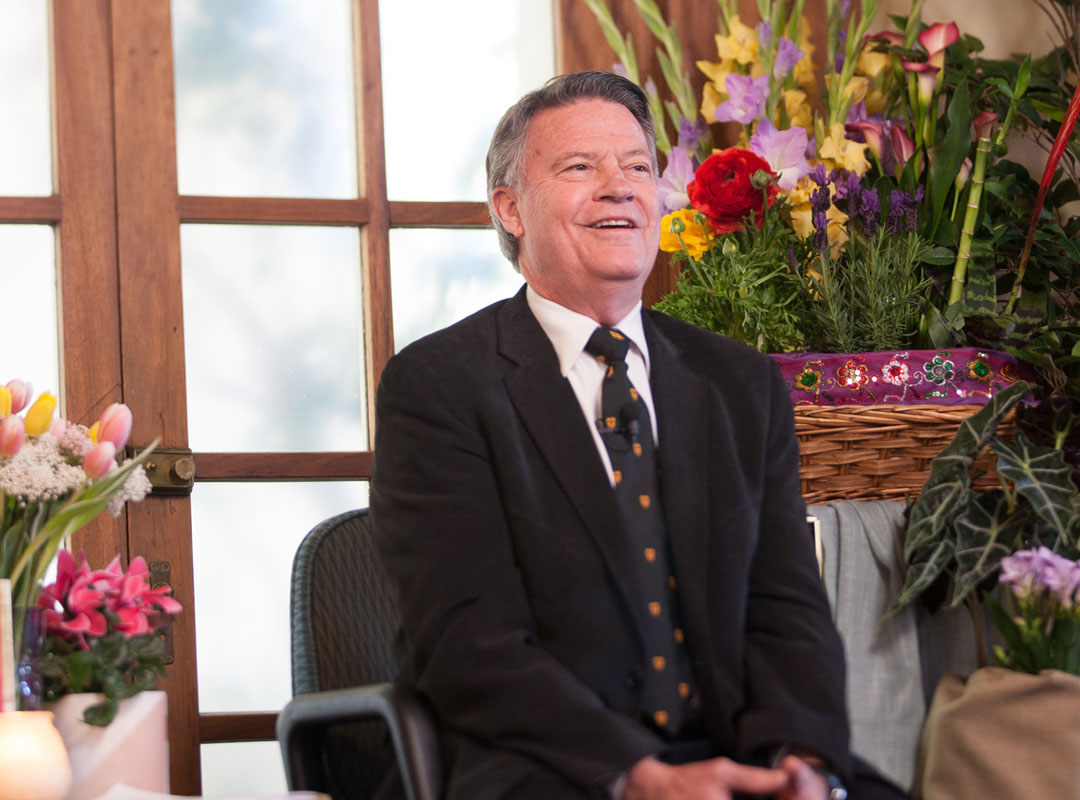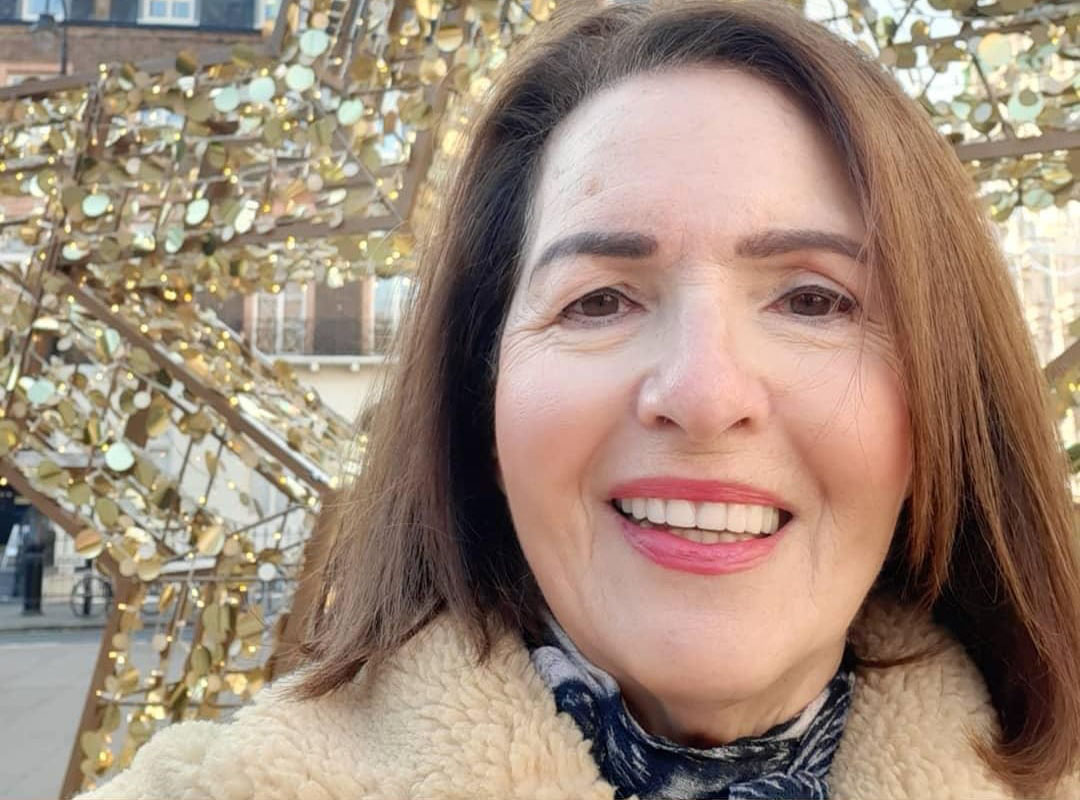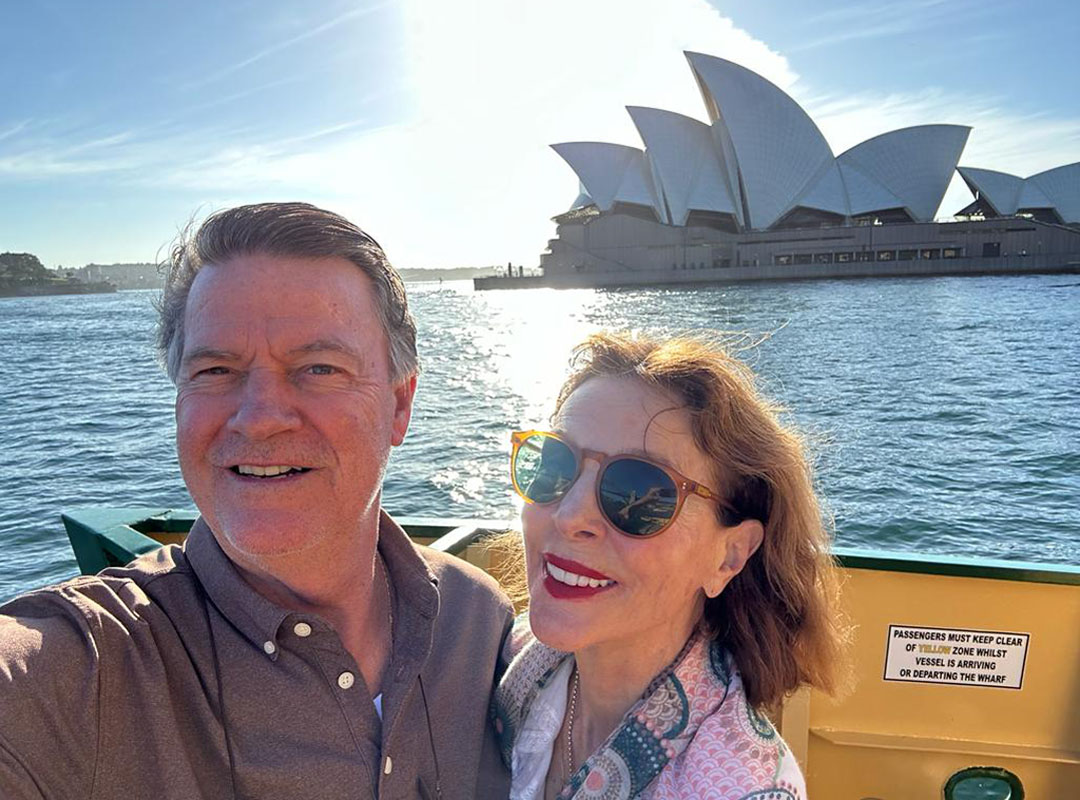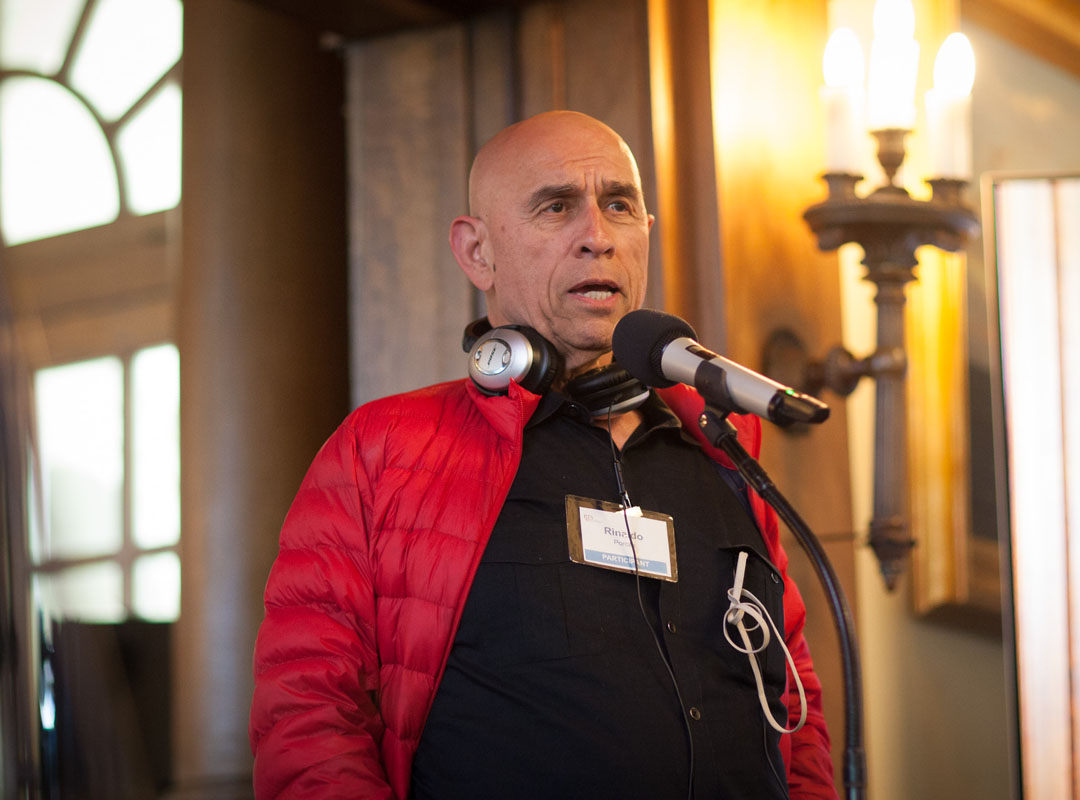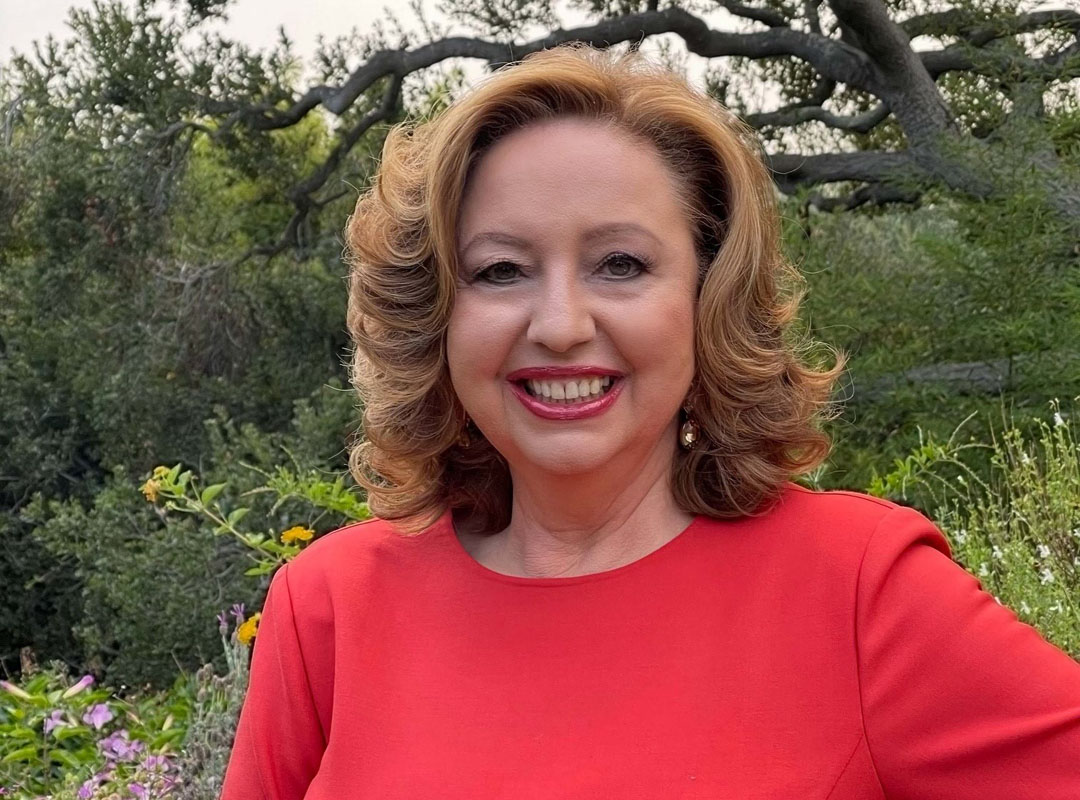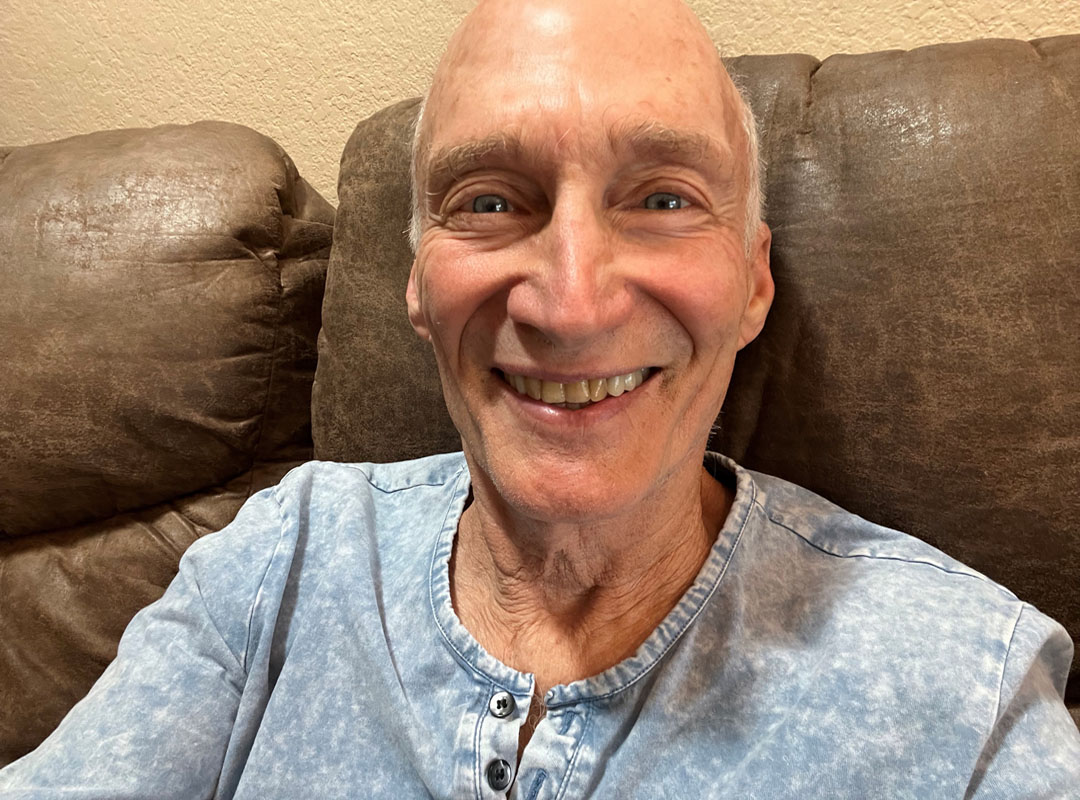 This is an excerpt from the forthcoming book What’s It Like Being You? by John-Roger with Paul Kaye
This is an excerpt from the forthcoming book What’s It Like Being You? by John-Roger with Paul Kaye
Socrates said, “Know thyself.” In Shakespeare’s Hamlet, Polonius cautions, “To thine own self be true.” But which self are we getting to know? To what self should we be true? Where is the self located anyway? Come to think of it, which self is reading these words?
These are questions that playwrights, philosophers, and other serious thinkers have been pondering since time immemorial. If the answers could be worked out through mathematical calculations or experimental measures, mathematicians and scientists would be the most enlightened people on the planet. But the self continues to elude even the greatest thinkers of our age. We cannot reduce it to a formula, view it with high-tech, brain-imaging machinery, or define it conclusively in words. The self can only be lived and experienced from within. When we ask the age-old questions Who am I? and Why am I here?, we are joining thousands of generations of seekers who have set out to solve the mystery of incarnation, the riddle of human existence.
Where we differ from those who have gone before us is not in the questions we ask but in the way we ask them. In less than a century, our world has changed so radically that we no longer have the appetite or opportunity for contemplation that our ancestors enjoyed. We seem to have lost the ability to slow down, to take time for ourselves. That’s no surprise, for we are more rushed than ever. We have more information coming at us and less time to absorb it, as well as a lot more to do. Our continually rising expectations of what our lives should be like ensure that our days are overflowing with activity. The more conveniences we have, the more time we spend using and maintaining them. The more choices we have, the less we have to choose. Years ago, when there were just four television channels in the United States, it took only a moment to see that there was nothing we wanted to watch. Now, we have several hundred channels, and it can take us an hour to find out that there is nothing that really holds our interest.
Today our lives are filled with so many alternatives and oftentimes competing options that although the idea of simplifying our lives may sound like a good idea in theory, in reality it is nearly impossible to do. Yes, it’s nice to stop and smell the roses, but then we have to add “shop for roses” to our to-do list. It’s small wonder that a grassroots effort called the Slow Food Movement is spreading worldwide, as more and more of us look for ways to get back to what really matters. Carlo Petrini, the movement’s founder, has this to say about what we face today:
If I live with the anxiety to go fast, I will not live well. My addiction to speed will make me sick. The art of living is to give time to each and every thing. Ultimately, “slow” means to take time to reflect. It means to take time to think. With calm, you arrive everywhere.
The ability to engage in self-reflection is uniquely human. If we lose that, do we lose our humanity? A few years ago, there was a movie, AI (short for “artificial intelligence”), about a highly intelligent robotic youth. When the robot realizes that he isn’t human, he develops a deep and unrelenting yearning to become a flesh-and-blood boy. We tend to take our human experience for granted. An essential part of being human is having a physical body. The robot in AI had a physical body, albeit a mechanical one, but he lacked the crucial animating factor—the capacity for thought, emotion, and imagination.
Imagination is the source of creativity and innovation. With imagination comes choice: we can imagine negativity and harm, or what is helpful and positive. We can even use imagination to assist in our own healing: science has demonstrated that our mental imagery can change the way the brain and other body systems function.
Human beings also have emotions. We can love, hate, feel fear or joy. Sometimes we don’t feel good, but at least we’re feeling, impossible for a robot. Emotions give dimension and color to the human experience.
Unlike robots, we have a mind that can reason, solve problems, and direct our energy, as well as self-reflect. We are free to point our minds in a positive or a negative direction.
We also have an unconscious, a vast repository of repressed and disowned thoughts, feelings, wishes and dreams, along with unresolved and uncompleted experiences. Even when this unconscious material does not surface into awareness, it can strongly influence our conscious thoughts, feelings, and behavior.
In short, the human experience is so vast, so layered, so multidimensional that it is unlikely science could ever design a robot approaching such complexity. What is even more miraculous is that all the ingredients of our humanity comprise only a small part of the rich experience available to us as total beings.
This total being is the true self, who we really are. Who we think we are, or want others to think we are, is the false self. The false self (everything that is not truly you) is what you surrender in the process of becoming who you are. When you strip away the opinions and postures and addictions of the ego-driven personality, what remains is the role of a lifetime—playing yourself.
You can start anytime. Why not right now? As you move away from the self-defeating patterns of the false self, you move closer to the source of nourishment and renewal. Here in the true self—the Soul—we find Spirit, and we come alive.



